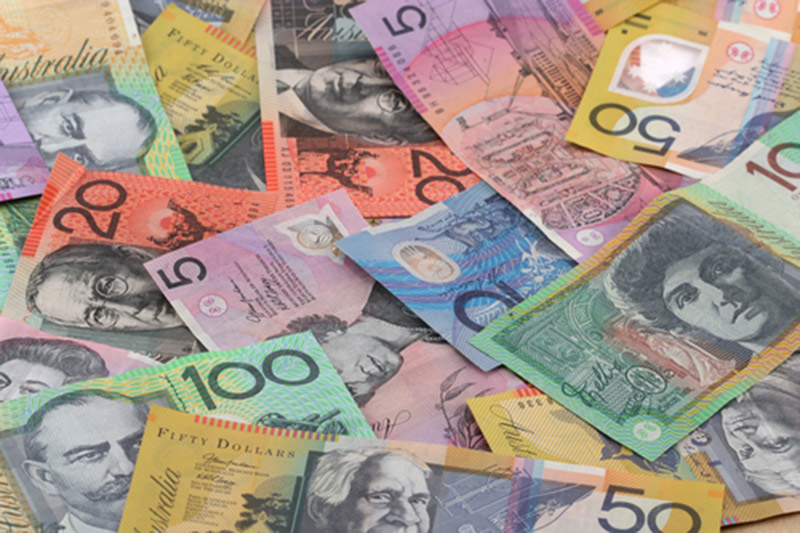Investing.com - The Aussie fell in early Asia on Monday after a disappointing survey on construction activity.
AUD/USD traded at 0.7417, down 0.28%, while USD/JPY changed hands at 113.88, up 0.10%.
In Australia, the AIG construction index came in at 46.1 in February, compared to 46.3 previously.
In Asia, data on China FX reserves is expected tentatively and Bank of Japan Governor Haruhiko Kuroda is due to speak.
The U.S. dollar index, which measures the greenback’s strength against a trade-weighted basket of six major currencies, rose 0.07% to 97.32.
In the week ahead, investors will be focusing on Thursday’s European Central Bank meeting after the bank disappointed expectations with a smaller-than-expected stimulus move at its December meeting.
Central bank meetings in Canada and New Zealand will also be closely watched.
Investors will also be zoning in on inflation and trade data from China amid concerns that the world’s number-to economy is heading for a hard landing.
On Monday, Germany is to release data on factory orders. The Swiss National Bank is to publish data on its foreign currency reserves and the Eurogroup of euro zone finance ministers are to hold talks in Brussels.
Later, Federal Reserve Governors Lael Brainard and Stanley Fischer are both due to speak at an event in Washington.
Last week, the dollar weakened against the other major currencies on Friday as a mixed U.S. jobs report for February dampened expectations that the Federal Reserve would raise interest rates again in the near term.
The Labor Department reported that the U.S. economy added 242,000 new jobs last month, easily outstripping forecasts for wage growth of 190,000.
The unemployment rate held steady at an eight-year low of 4.9%, in line with forecasts.
But average hourly earnings fell by 0.1% during February, reversing the 0.5% rise seen in January. The drop in average earnings lowered the year-on-year gain in earnings to 2.2% from 2.5% in January.
The weak wage numbers indicated that consumer inflation is likely to remain muted. Fed policymakers are watching inflation closely as they try to determine when to raise rates again.
Higher interest rates would boost the dollar by making it more attractive to yield-seeking investors.
